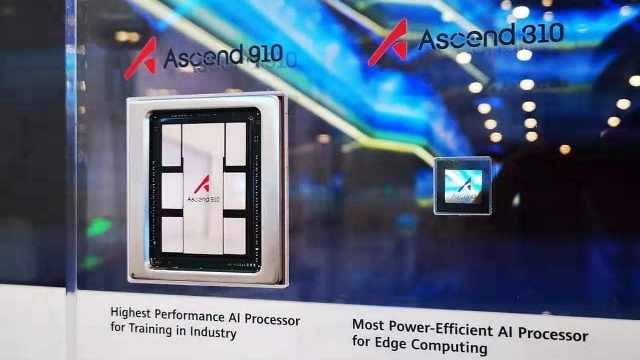 Huawei is pumping investments in computing technologies, a market estimated to be worth more than US$2 trillion by 2023 (Source: Gartner).
Huawei is pumping investments in computing technologies, a market estimated to be worth more than US$2 trillion by 2023 (Source: Gartner).
In computing, especially in this age of artificial intelligence, Huawei will focus on four strategic areas:
Architecture innovation is the first, where Huawei will focus on building breakthroughs in processor architecture. The portfolio also includes networks, devices, and public cloud services.
“The ability to provide seamless intelligence across device, edge, and cloud is a core part of our business,” said Ken Hu, deputy chairman, Huawei at Huawei Connect 2019.
The Da Vinci architecture from Huawei is designed to make “computing and intelligence as readily available as oxygen, so developing this architecture was the natural next step.”
Da Vinci is the only processor architecture in the world that can support all-scenario intelligence across device, edge, and cloud, and it will pave the way for future growth in the computing industry, Huawei said.
In its second strategy, Huawei is investing in all-scenario processors. The lineup of Huawei processors include Kunpeng processors for general purpose computing, Ascend processors for AI, Kirin processors for smart devices, and Honghu processors for smart screens. Huawei will release more processors for evolving scenarios.
The third strategy focuses on the business aspects of computing, Hu said. To start with, Huawei will not sell the processors directly in the market, but will provide them to customers in the form of cloud services, and to partners in the form of components, prioritizing support for integrated solutions.
The developments will lead to new trends like AI servers, accelerator cards, and modules for partners, giving them the components they need to integrate AI computing into their own products and solutions, according to Huawei.
For software, Huawei focuses on open source platforms for developing server operating systems, databases, and AI development frameworks. This will help partners develop better commercial software more easily. While Huawei will not develop applications in-house, it will enable application development by providing tools and resources.
The fourth strategy focuses on building an open ecosystem, which builds on the success of Huawei Developer Program launched in 2015 that has empowered more than 1.3 million developers and 14,000 ISVs around the world, according to Huawei.
In this context, Huawei plans to invest another US$1.5 billion in their dev program, which aims to expand to five million developers.





